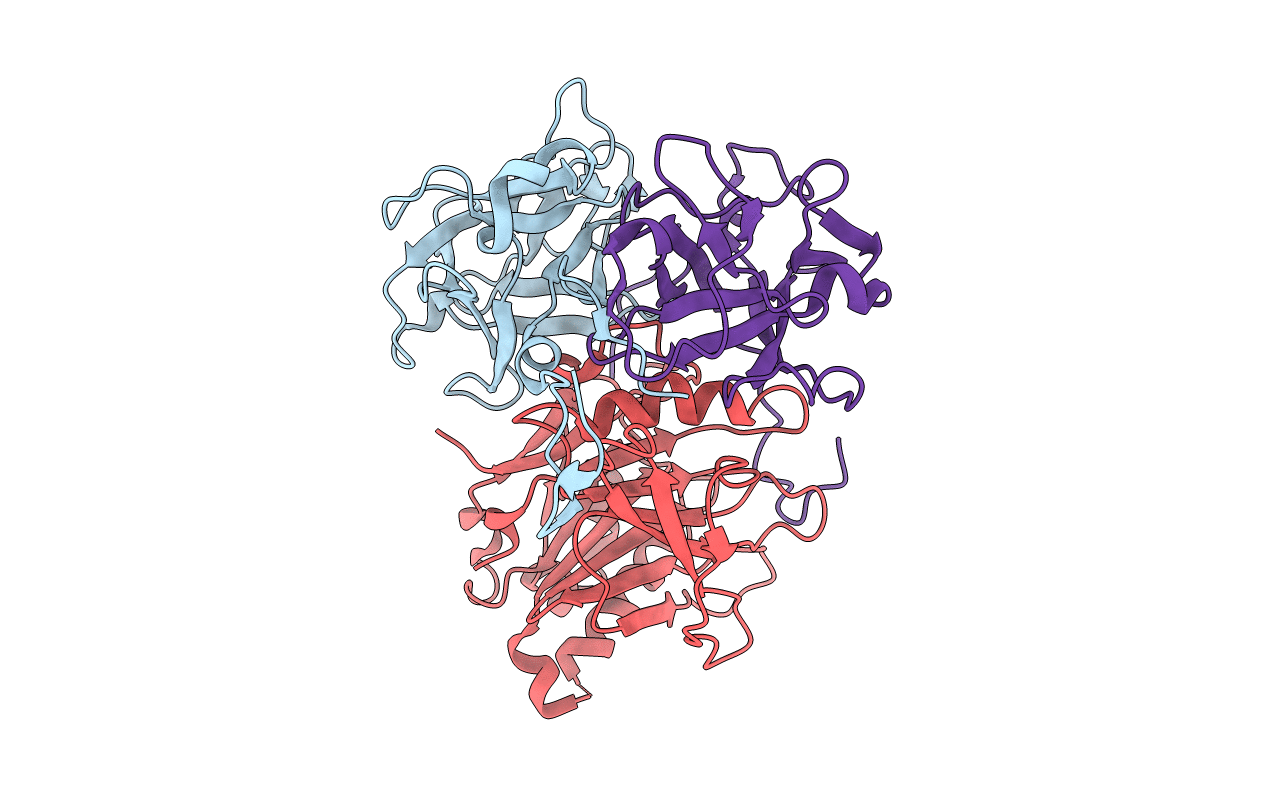
Deposition Date
2004-03-22
Release Date
2004-06-15
Last Version Date
2024-11-06
Entry Detail
PDB ID:
1SR4
Keywords:
Title:
Crystal Structure of the Haemophilus ducreyi cytolethal distending toxin
Biological Source:
Source Organism:
Haemophilus ducreyi (Taxon ID: 730)
Host Organism:
Method Details:
Experimental Method:
Resolution:
2.00 Å
R-Value Free:
0.21
R-Value Work:
0.18
R-Value Observed:
0.18
Space Group:
P 21 21 21


